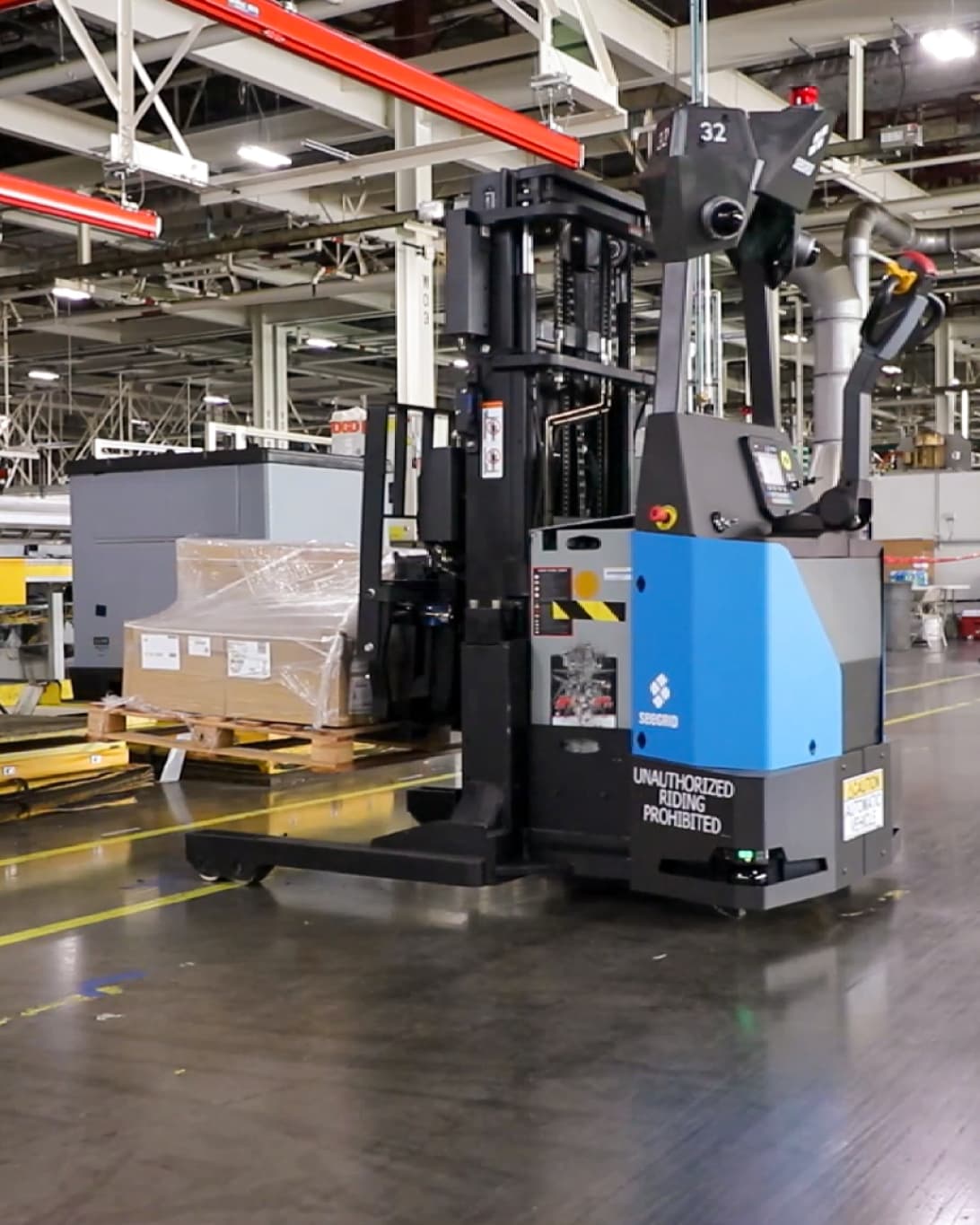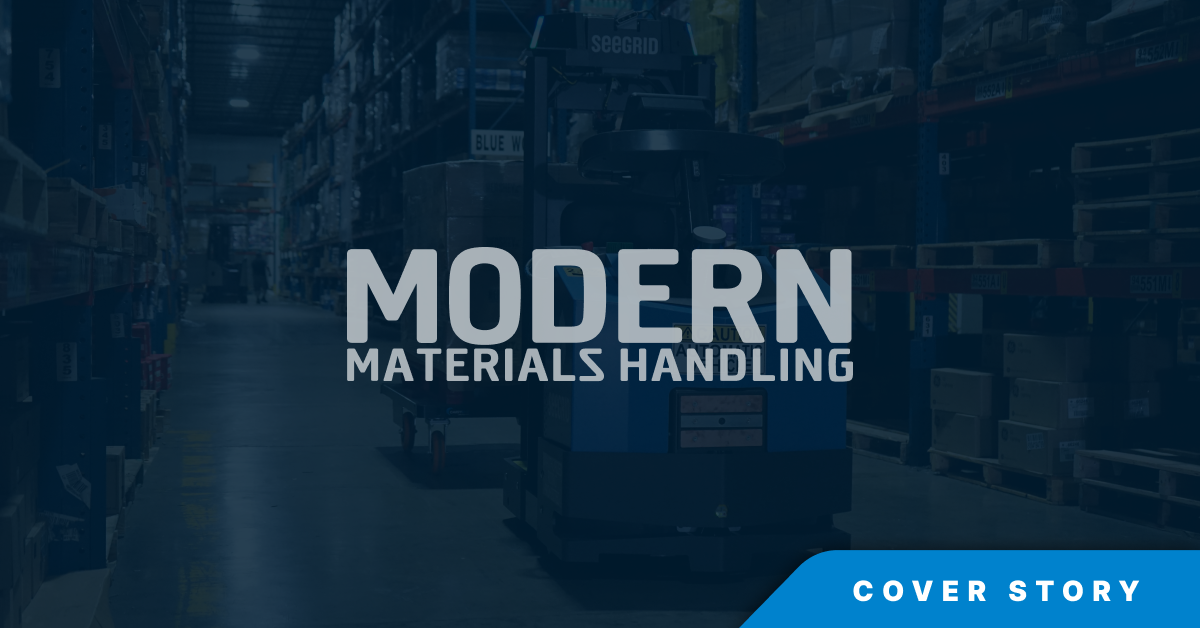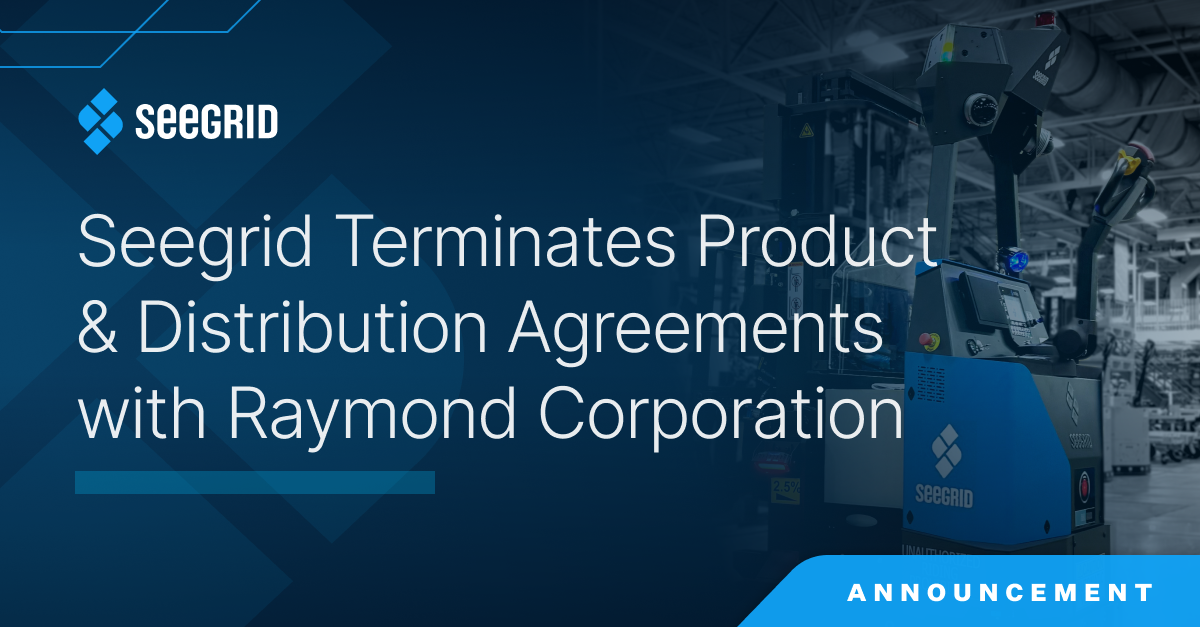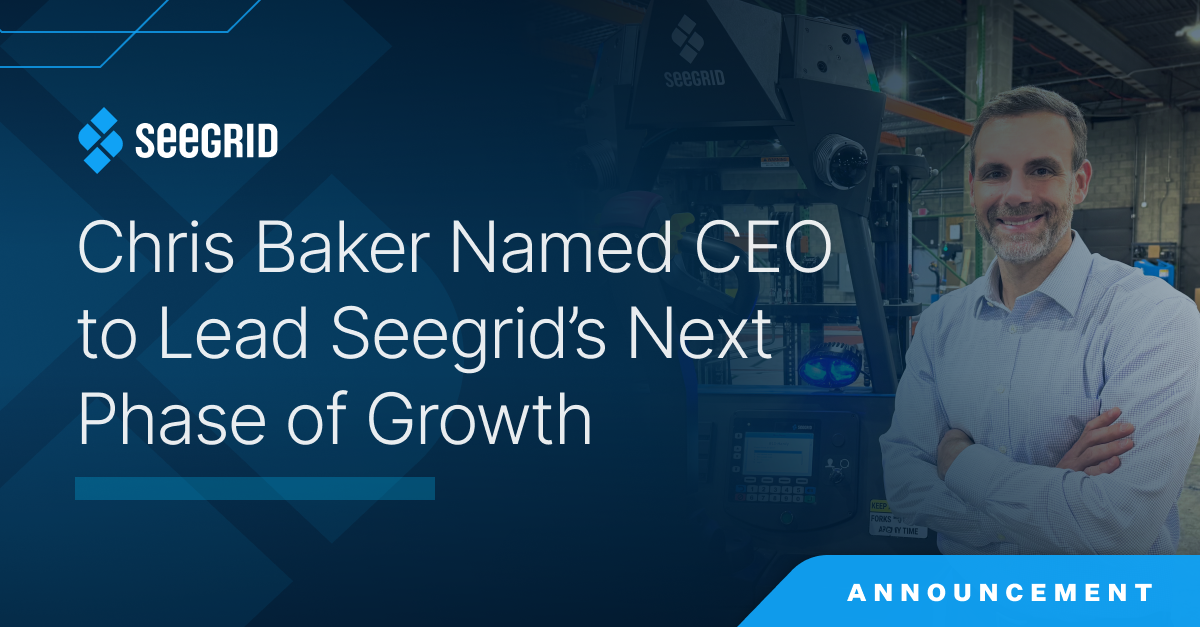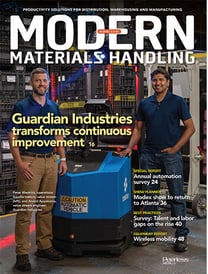 For the last several years, the materials handling industry, including publications like Modern, has turned its attention on the automation revolution underway in warehouses and distribution centers. Facilities that traditionally relied on people and lift trucks are embracing conventional automation, like conveyors, automatic guided vehicles, shuttle systems and automatic data capture technologies, as well as flexible automation and emerging technologies like autonomous mobile robots (AMRs), piece-picking robots, autonomous lift trucks, and augmented reality (AR) and virtual reality (VR) technologies.
For the last several years, the materials handling industry, including publications like Modern, has turned its attention on the automation revolution underway in warehouses and distribution centers. Facilities that traditionally relied on people and lift trucks are embracing conventional automation, like conveyors, automatic guided vehicles, shuttle systems and automatic data capture technologies, as well as flexible automation and emerging technologies like autonomous mobile robots (AMRs), piece-picking robots, autonomous lift trucks, and augmented reality (AR) and virtual reality (VR) technologies.
It’s been an exciting ride. But you can forgive manufacturers for a collective yawn: After all, they’ve been automating for decades, including automated storage, robots and autonomous vehicles. Continuous improvement and transformation—the concept of deconstructing and then redesigning processes to take time, steps and non-value-added labor out of the equation—is standard operating procedure for manufacturers like Guardian Industries.
"Transformation is part of our culture," says Peter Westrick, manufacturing transformation manager at Guardian Industries’ 400,000-square-foot plant in Evansville, Ind. "Add to that the labor challenges we’ve all experienced over the last couple of years, and we are always looking for ways to maintain or increase throughput with automation to improve the contributions that individuals make to the value we create."
While transformative projects are ongoing, and involve multiple processes, a recent project was the implementation of autonomous mobile tuggers using vision—or camera-based—navigation (Seegrid) to move materials from the warehouse area within the plant to production cells, and then return empty totes or finished goods back to storage. The vehicles have delivered a number of key benefits, notes Arvind Ajayakumar, a value stream engineer who also worked on the project.
